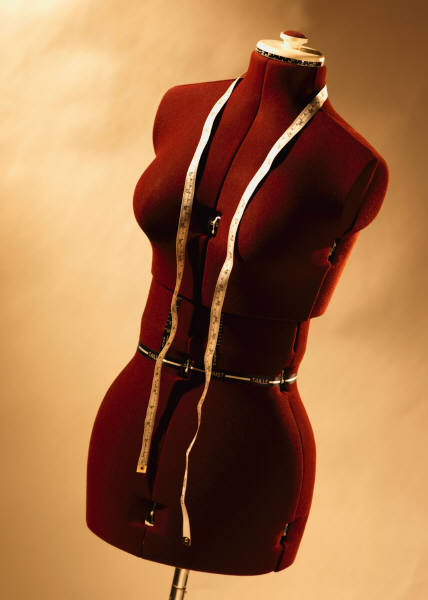Arranging to Persuade: Tailoring or Persuasion Through Customization
Fogg’s Principle of Tailoring: Information provided by computing technology will be more persuasive if it is tailored to the individual’s needs, interests, personality, usage context, or other factors relevant to the individual.
We are all familiar with tailored technology. Every time you go to Amazon.com, you are presented with items selected for you based on your previous purchases. Facebook tailors the ads you see by mining your demographic profile. Then you have the opportunity to approve or disapprove the ad, further allowing Facebook to tailor what you see. B. J. Fogg in Persuasive Technology: Using Computers to Change What We Think and Do, describes a site called Scorecard. Enter your zip code and it will tell you about the pollution in your neighborhood.
Tailoring is one of the reasons for the success of the Vietnam Veterans Memorial. The war lasted for about 18 years with military personnel cycling in and out of Vietnam. The names on the memorial are listed in chronological order by date of casualty, bringing together those in Vietnam at the same time. This gives surviving veterans an individual place on The Wall. They only have to remember one name to look up in the printed index. When they find that person’s panel, they find their own panel because that represents their time in Vietnam. That panel is where they see all the names of their friends who died.
When I build an organizational structure, I like to use the word perspective for tailoring. I build the structure from the perspective of the user. Developing a classification scheme for Trans-Pacific Geothermal, Inc. (TGI), I considered how the client would use the system. TGI is an exploration and development company. They’re looking for hot water in areas where they have drilling leases and they want to see all the available material about the areas they are exploring.
Geologic information tends to have the same parameters of scientific technique combined with location. A location is selected because it’s a great place to do the science or, as in the case of TGI, the scientist is interested in the location. TGI wanted to know everything about the areas where they had their leases or where they were considering the purchase of leases, so I organized their material by location:
State
County
Geothermal Resource Area
Science
If TGI had been doing pure scientific research, rather than exploration, I would have designed the system differently, placing science at the top, with location categories as the subsets. This is an example of an ABBA construction. Location can be the primary field or science can be the primary field, with the contents of the categories remaining the same. There is no inherent hierarchy. The hierarchy evolves to suit the perspective of the user.
Traditional library classification is not tailored. Its goal is to classify all of human knowledge for everyone’s use. In a typical library, geologic material may be needed by a science researcher or by an energy developer. Catalogers can’t pick one over the other.
But you can definitely take sides when you know who your users are. Define your clients and develop an understanding of why they interact with the material. Then build your structure in a way that brings everything together for them. Maya Lin used a chronology that gave all Vietnam Vets their own individual place on The Wall. When I built a geothermal library, I used location to collect all the material my clients would want to see at the same time.
Your clients will have different needs and those needs may change as their projects proceed. When you tailor category arrangement, you put your clients one step ahead in their work. You can stay one step ahead of the client by including sorting capability and allowing users to do their own tailoring.
Illustration used with permission from Microsoft.



 Follow
Follow